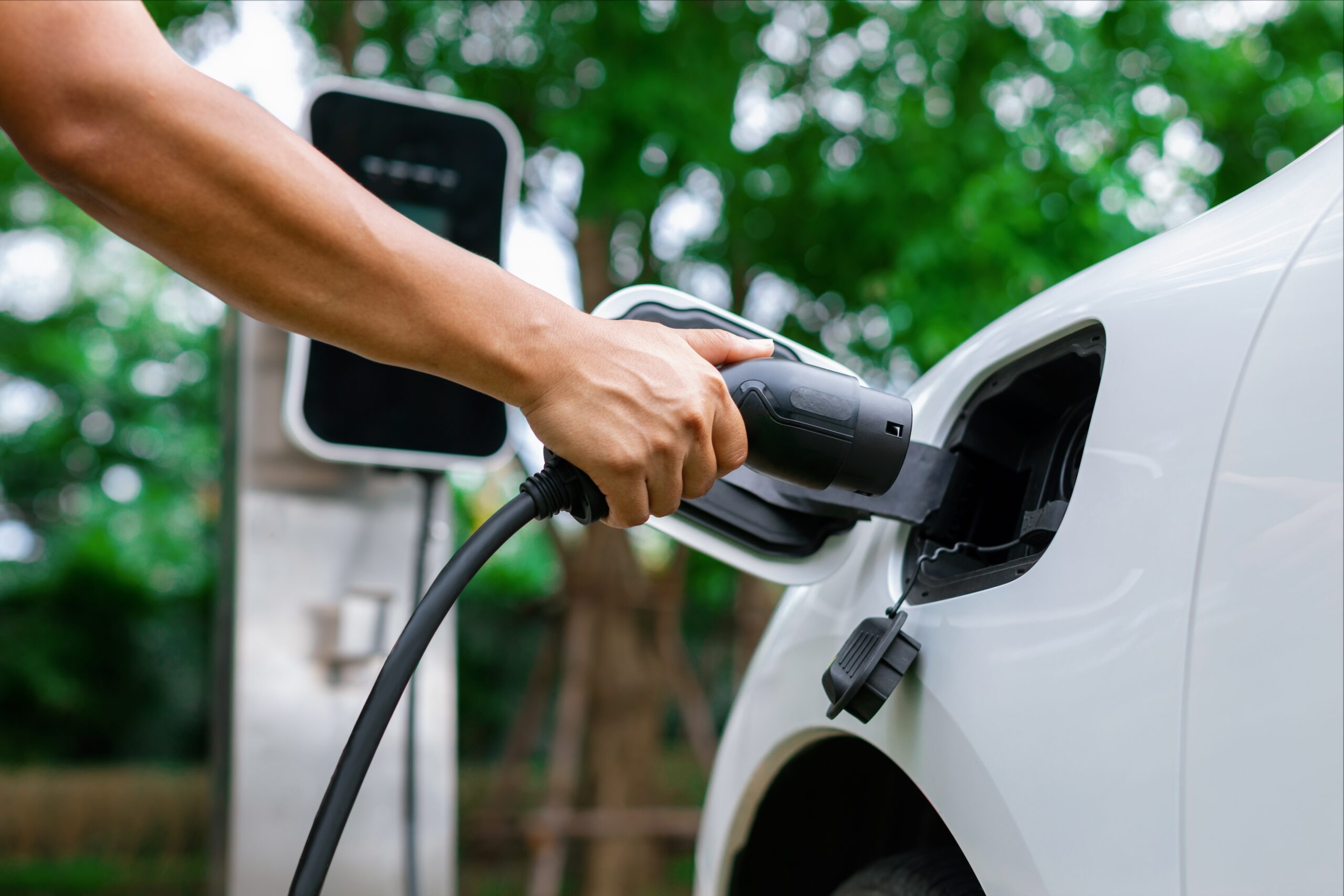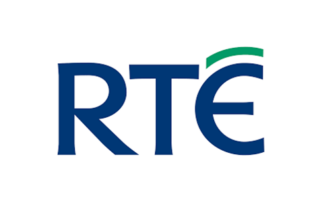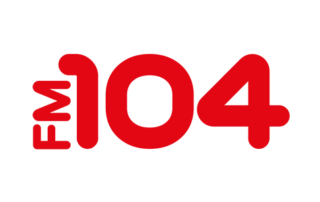
Your Guide to the €250 Energy Credit
In Budget 2025 the government announced that another round of energy credits would be provided to households to help them with their electricity bills at a time when energy prices remain extremely high.
The €250 energy credit announced last October is a continuation of similar measures which were introduced following electricity prices soaring since 2020.
The scheme is being overseen by the Commission for the Regulation of Utilities (CRU). The €250 credit will be paid in two instalments in the coming months split between the end of 2025 and early next year.
€250 Energy Credit Eligibility
The €250 energy credit will be made available to all households in Ireland. The only eligibility requirement is that they are not a low-usage electricity client.
Properties must be registered as an urban domestic customer (DG1) or rural domestic customer (DG2), which means they must be connected to the ESB Networks grid.
In addition, households must also have a Meter Point Registration Number (MPRN), which they can find on any electricity bills.
A low-usage household is one which consumed less than 150kWh of electricity per quarter up to the end of August 2024.
People with multiple domestic properties can receive the energy credit for all of them, as long as they pass that usage threshold.
Exceptions to Low-Usage Threshold
Certain households are exempt from the electricity usage threshold requirement for the energy credit. They are:
Depending on their circumstances, households with a microgeneration account for residential solar power may have electricity consumption from the grid which does not accurately reflect how much electricity is being used in the household. Hence the exemption.
When will I get the €250 Energy Credit?
The €250 energy credit approved in this year’s budget will be paid in two instalments of €125 each.
The first instalment will become available from November 1 onward, with the date of the credit depending on customers’ billing cycle.
The second instalment will be paid between January 1 and February 28, 2025. Again the date of payment will be based on when customers receive their bills.
Do I Have to Apply for the Energy Credit?
No, the energy credit should be automatically applied to your account and should appear on electricity bills as a credit line for €114.68. VAT of 9% will be applied at the end of the bill, bringing it to €125.
Some customers on Pay-As-You-Go meters may have to take further action to avail of the credit.
Will I still get the Energy Credit if I switch electricity supplier?
The energy credit should still be received by households regardless if they switch suppliers between receiving the first and second instalments of the credit.
If a household switches suppliers before the end of 2024, the first instalment will be applied by the original supplier, and the second should be applied by the incoming electricity supplier.
If some credit remains from the first instalment after paying the closing bill from switching electricity suppliers, customers should be eligible for a refund.
Getting the Credit for Pay-As-You-Go Meters
Households with pre-pay electricity meters will be contacted by their suppliers with instructions on how to redeem their credit.
The majority of meters should accept the €125 credit in full, but if there is a credit limit on the meter it may have to be broken into smaller increments.
Older Hardship meters, for instance, will have to redeem the credit over several days due to a €300 limit.
Customers should purchase a €10 top up, and the credit will then be applied to their account in smaller increments.
Do rental tenants receive the Energy Credit?
If a person in rental accommodation is paying the electricity bills for the property themselves then the credit should be applied to their account the same as any other householder.
If a tenant is paying their landlord for their electricity, they should contact that landlord to have it passed on to them.
If there is a dispute over the energy credit with your landlord, then tenants can contact the Residential Tenancies Board for mediation.
What if I don’t receive the energy credit
If you don’t see the energy credit applied to any bill before the end of 2024 for the first instalment, or the end of February 2025 for the second instalment, then contact your electricity supplier.
If there is a dispute with your electricity supplier then customers can contact the CRU Customer Care Team at 1800 404 404 or by emailing customercare@cru.ie.
Beware of Scammers
There have been many reports of people receiving scam texts telling them that they are eligible for the energy credit and directing them to click on a link in the text.
Do not click on any link received in unknown text messages or emails, or enter any personal or financial information.
Author:

Briain Kelly
EDITOR
Briain Kelly is a Leinster based journalist and content creator who has been writing about energy efficiency and renewable energy technologies for nearly three years. He researches the latest news in multiple areas related to solar power, electric vehicles, heat pumps, and home energy upgrades. His writing includes both technological developments and government policy.
Author:

Briain Kelly
Renewable Energy Researcher
Briain Kelly is a Leinster based journalist and content creator who has been writing about energy efficiency and renewable energy technologies for nearly three years. He researches the latest news in multiple areas related to solar power, electric vehicles, heat pumps, and home energy upgrades. His writing includes both technological developments and government policy.
Popular Content 🔥
Your Guide to the €250 Energy Credit
Written by
Last edited
04/07/2025
In Budget 2025 the government announced that another round of energy credits would be provided to households to help them with their electricity bills at a time when energy prices remain extremely high.
The €250 energy credit announced last October is a continuation of similar measures which were introduced following electricity prices soaring since 2020.
The scheme is being overseen by the Commission for the Regulation of Utilities (CRU). The €250 credit will be paid in two instalments in the coming months split between the end of 2025 and early next year.
€250 Energy Credit Eligibility
The €250 energy credit will be made available to all households in Ireland. The only eligibility requirement is that they are not a low-usage electricity client.
Properties must be registered as an urban domestic customer (DG1) or rural domestic customer (DG2), which means they must be connected to the ESB Networks grid.
In addition, households must also have a Meter Point Registration Number (MPRN), which they can find on any electricity bills.
A low-usage household is one which consumed less than 150kWh of electricity per quarter up to the end of August 2024.
People with multiple domestic properties can receive the energy credit for all of them, as long as they pass that usage threshold.
Exceptions to Low-Usage Threshold
Certain households are exempt from the electricity usage threshold requirement for the energy credit. They are:
Depending on their circumstances, households with a microgeneration account for residential solar power may have electricity consumption from the grid which does not accurately reflect how much electricity is being used in the household. Hence the exemption.
When will I get the €250 Energy Credit?
The €250 energy credit approved in this year’s budget will be paid in two instalments of €125 each.
The first instalment will become available from November 1 onward, with the date of the credit depending on customers’ billing cycle.
The second instalment will be paid between January 1 and February 28, 2025. Again the date of payment will be based on when customers receive their bills.
Do I Have to Apply for the Energy Credit?
No, the energy credit should be automatically applied to your account and should appear on electricity bills as a credit line for €114.68. VAT of 9% will be applied at the end of the bill, bringing it to €125.
Some customers on Pay-As-You-Go meters may have to take further action to avail of the credit.
Will I still get the Energy Credit if I switch electricity supplier?
The energy credit should still be received by households regardless if they switch suppliers between receiving the first and second instalments of the credit.
If a household switches suppliers before the end of 2024, the first instalment will be applied by the original supplier, and the second should be applied by the incoming electricity supplier.
If some credit remains from the first instalment after paying the closing bill from switching electricity suppliers, customers should be eligible for a refund.
Getting the Credit for Pay-As-You-Go Meters
Households with pre-pay electricity meters will be contacted by their suppliers with instructions on how to redeem their credit.
The majority of meters should accept the €125 credit in full, but if there is a credit limit on the meter it may have to be broken into smaller increments.
Older Hardship meters, for instance, will have to redeem the credit over several days due to a €300 limit.
Customers should purchase a €10 top up, and the credit will then be applied to their account in smaller increments.
Do rental tenants receive the Energy Credit?
If a person in rental accommodation is paying the electricity bills for the property themselves then the credit should be applied to their account the same as any other householder.
If a tenant is paying their landlord for their electricity, they should contact that landlord to have it passed on to them.
If there is a dispute over the energy credit with your landlord, then tenants can contact the Residential Tenancies Board for mediation.
What if I don’t receive the energy credit
If you don’t see the energy credit applied to any bill before the end of 2024 for the first instalment, or the end of February 2025 for the second instalment, then contact your electricity supplier.
If there is a dispute with your electricity supplier then customers can contact the CRU Customer Care Team at 1800 404 404 or by emailing customercare@cru.ie.
Beware of Scammers
There have been many reports of people receiving scam texts telling them that they are eligible for the energy credit and directing them to click on a link in the text.
Do not click on any link received in unknown text messages or emails, or enter any personal or financial information.
Author:

Briain Kelly
EDITOR
Briain Kelly is a Leinster based journalist and content creator who has been writing about energy efficiency and renewable energy technologies for nearly three years. He researches the latest news in multiple areas related to solar power, electric vehicles, heat pumps, and home energy upgrades. His writing includes both technological developments and government policy.
Author:

Briain Kelly
Renewable Energy Researcher
Briain Kelly is a Leinster based journalist and content creator who has been writing about energy efficiency and renewable energy technologies for nearly three years. He researches the latest news in multiple areas related to solar power, electric vehicles, heat pumps, and home energy upgrades. His writing includes both technological developments and government policy.















